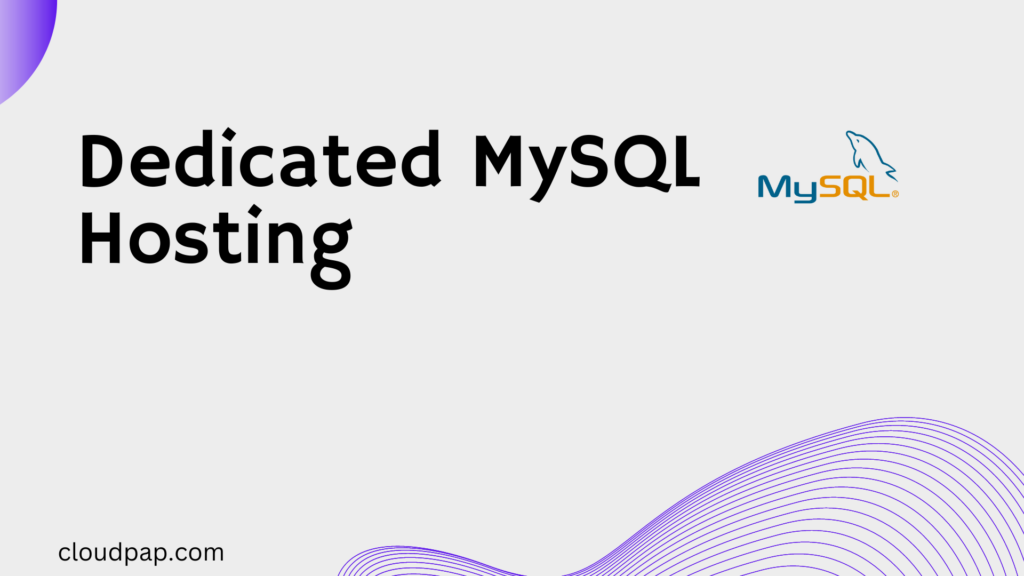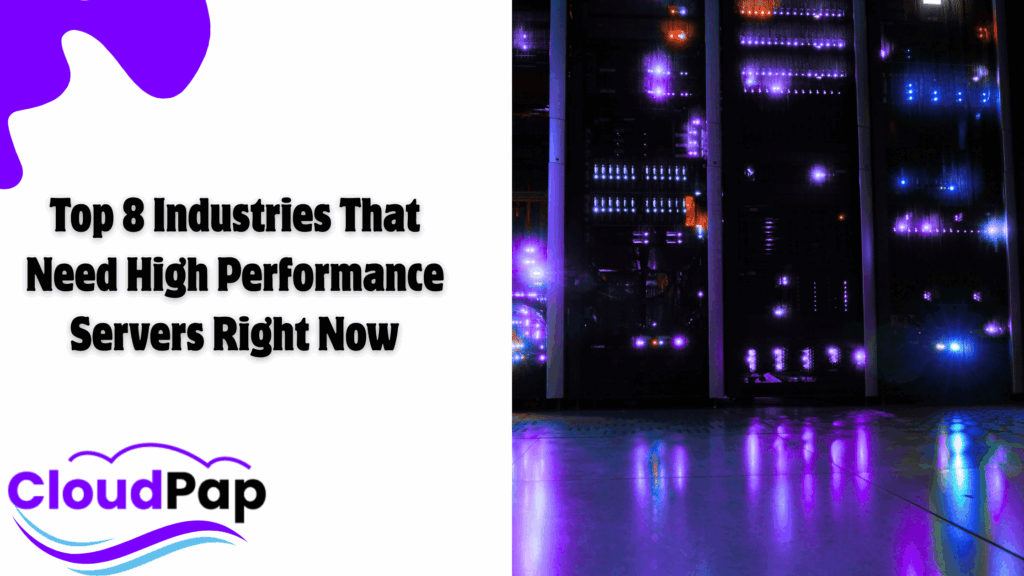Last updated on January 28th, 2025 at 08:02 am
Cloud computing has revolutionized the way we think about data and information.
It has also opened up new possibilities for the agricultural industry, from managing vast amounts of data to allowing farmers to collaborate with other agricultural professionals worldwide.
In this article, we will explore seven uses of cloud computing in agriculture and discuss how it can help improve efficiency, increase profits, and reduce waste.
With more efficient storage systems, better communication between different stakeholders in the industry, and improved access to resources such as weather forecasts, cloud technology is becoming increasingly important in agriculture.
What is Cloud Computing?
Cloud computing is the use of remote servers hosted on the internet to store, manage, and process data.
It allows a more efficient way to access and share information between multiple users in various locations.
This technology is becoming increasingly important as it saves costs by eliminating physical hardware, infrastructure costs, and technical manpower.
The importance of cloud computing in agriculture has become evident due to its ability to provide improved data collection from farm equipment such as sensors, drones, and tractors.
This real-time data helps farmers decide the best time for planting crops or when to irrigate their fields.
In addition, cloud computing can be used for predictive analytics, which helps farmers anticipate risks or opportunities related to crop yields or market prices.
What is Cloud Farming?
Cloud farming is a type of agriculture that utilizes cloud computing technology to monitor and control the production, distribution, and storage of goods.
This model uses sensors on the field or in livestock pens to provide information about growing conditions such as air temperature, humidity levels, soil moisture content, and nutrient levels.
This data is then used to optimize crop yields, reduce water waste and improve animal health.
With this, farmers can save time by quickly deciding when to harvest crops or move animals from one location to another to receive optimal care.
Comparison with Traditional Farming
Cloud Farming offers many advantages in resource management, data storage, and analytics compared to traditional farming methods.
What stands out the most is its ability to use real-time data collected from sensors placed on farms and agricultural equipment.
This allows farmers to optimize their production processes and make more informed decisions about their crops.
At the same time, data gathered through the cloud can be used to analyze crop growth patterns and predict potential problems before they occur.
Another advantage of Cloud Farming is its cost savings over traditional farming methods due to reduced input costs such as labor, fertilizer, and water usage.
For instance, rather than requiring manual labor for crop maintenance or soil analysis tasks, cloud-based solutions enable automation that helps reduce overall labor costs.
Five Main Uses of Cloud Computing in Agriculture
a. Agricultural Data Management and Analysis
Data management and analysis is an integral part of modern agricultural practices.
It allows farmers to track and analyze the various factors that affect their crops, such as soil quality, weather conditions, fertilizer usage, and pest infestations.
With cloud computing technology, farmers are able to store large amounts of data in a secure environment. This makes it easier for them to access and analyze data from anywhere at any time.
Cloud computing also helps farmers better manage their resources by providing real-time information about crop yields, water use efficiency, labor productivity, and other important metrics.
They can use this data to optimize their operations by adjusting production schedules or applying different strategies for problem areas.
In fact, some cloud applications include predictive analytics which allow farmers to identify potential issues before they become serious problems.
In this way, cloud computing technologies can help maximize agricultural productivity while minimizing costs.
b. Precision Agriculture
Precision agriculture is an approach to farming that uses information technology and data-driven decision-making to optimize the performance of crops.
With cloud technology, farmers can access real-time data about crop yields and soil conditions from a variety of sources.
This allows them to adjust their production methods accordingly and maximize the efficiency of their fields.
Farmers can make informed decisions on what type of fertilizer or pesticide should be used, when they should be applied, and how much should be applied to get the most out of their crops.
It makes it easier for farmers to track which parts of their fields need special attention throughout the growing season.
c. Weather Monitoring and Forecasting
Changing temperatures and rainfall can drastically affect crop yields.
That’s why weather monitoring and forecasting is essential.
Now, cloud computing provides a more efficient way to monitor weather conditions.
Here, farmers can access real-time data from weather stations located around their farms.
This data provides information about temperatures, wind speed and direction, humidity levels, and other environmental factors which are critical for successful crop production.
Farmers can also utilize sophisticated machine learning algorithms to predict future weather patterns more accurately than traditional methods.
By combining historical data with current readings from sensors around their fields, farmers can make better decisions on when to plant or harvest crops as well as when to apply fertilizer or insecticides.
Additionally, advanced analytical tools allow them to compare the impact of different scenarios on predicted outcomes, such as yield size and overall crop health.
d. Remote Sensing and Mapping
These are two of the most important tools for agricultural production.
Remote sensing is a method of gathering information about an object or area from a distance, usually using special sensors to detect electromagnetic radiation emitted or reflected by the object.
With it, you can monitor crop growth, identifies weeds and pests, measures nutrient levels in soil, and predicts weather patterns.
Mapping, on the other hand, allows farmers to keep track of fields, roads, boundaries, and other land features, which can be beneficial in managing their crops.
Now, with cloud computing, these technologies to become more accessible than ever before.
Farmers can now access high-resolution satellite images that allow them to identify crop stressors such as weeds and insects with greater accuracy.
Cloud-based data processing also enables real-time monitoring of weather conditions such as temperature and humidity, which helps farmers decide when it’s best to plant or harvest crops.
e. Agricultural Supply Chain Management
The cloud allows farmers to optimize their production and distribution processes.
By storing information in the cloud, they can access crucial data anywhere in the world with an internet connection.
At the same time, automation capabilities make managing many crops and livestock easier without compromising on quality or quantity.
They can easily monitor and track their inventory levels throughout the entire supply chain lifecycle—from farm to market—which helps them plan better for future harvests and sales forecasting.
Not to mention, by leveraging another cloud tech like artificial intelligence (AI) technologies (machine learning algorithms), farmers can also identify patterns that could lead to cost savings or improved yields.
Disadvantages of Cloud Computing in Agriculture
It is not all roses though for cloud computing in agriculture.
There are a couple of challenges farmers will have to content with.
a. Security Concerns
Security is a major concern for any industry, but especially in agriculture where the data is often sensitive and private.
You see, when using cloud systems, data may be stored across multiple locations which can increase the risk of unauthorized access or theft.
And there are concerns about data protection regulations not being met with third-party providers who host cloud networks.
To mitigate this, farmers should ensure that their chosen provider meets all necessary security standards.
And that they have secure protocols in place to protect their data from malicious attacks.
This includes ensuring that passwords are updated regularly, and encryption techniques are used to safeguard important information such as financial records or customer details.
Additionally, farmers should consider investing in additional measures such as two-factor authentication or biometric authentication methods to secure their databases further.
b. Dependence on Internet Connectivity
A disadvantage of cloud computing in agriculture is the dependence on internet connectivity.
This means that farms must have a reliable and consistent internet connection to access cloud applications and services.
Without reliable internet, farmers may be unable to access their data or utilize the benefits of cloud computing.
If there is an interruption in their service due to weather or power outages, they may experience delays accessing vital information and resources they need for farming operations.
Worst of all?
Cloud computing relies on the network infrastructure of many data centers worldwide, making it vulnerable to cyberattacks.
These attacks can disrupt operations by targeting critical systems and potentially cause major losses for farmers who depend heavily on technology-based solutions.
c. Cost of Implementation
This isn’t unexpected.
The upfront cost for hardware, software, and services can be considerable.
At the same time, farmers may need to invest in new technology infrastructure, as well as staff training and support to make sure their cloud network is secure.
Smaller businesses or farms that do not have a large budget available, these costs may be prohibitively high when compared with other options.
Cloud storage itself can be relatively inexpensive; however, if farms require advanced features such as analytics capabilities or data integration tools, they will likely incur significant additional expenses.
Farms may also need to pay for periodic software updates or enhanced security measures, which could add to the total cost of ownership over time.
Final Thoughts
After examining these five uses of cloud computing in agriculture, it is clear that the technology has the potential to revolutionize the industry.
With this technology, farmers can save on costs and improve their operations’ efficiency and sustainability.
Cloud computing solutions could also help them better access data and make more informed decisions about their operations.
It remains to be seen how quickly the agricultural sector will adopt cloud solutions.
Still, with its vast potential for reducing operational costs, improving operational efficiency, increasing sustainability efforts, and providing easier access to information and data analysis tools, it appears as though there is a bright future ahead for this technology within the industry.
As such, it would be wise for farmers to explore these possibilities sooner rather than later so as not to fall behind on technological advancements that ultimately lead to improved farming practices.
Related:






